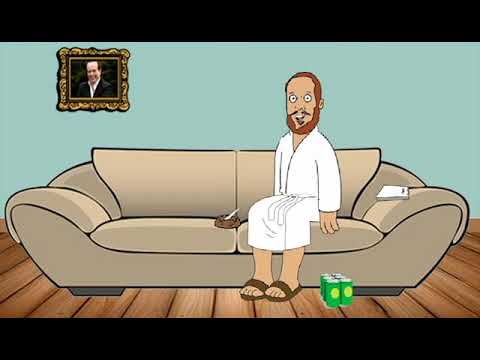A local authority is remaining tight-lipped after a blasphemous video it funded and originally defended was apparently removed from a popular media-sharing website this week.
Tipperary County Council confirmed to The Irish Catholic that it gave a local artist what it described as a “small grant” to develop the project which depicted the title character ‘Bootleg Jesus’ coming to terms with his role as the so-called less successful son of God.
The ten-episode show depicted dialogue between two foul-mouthed characters and contained references to scenes from the Bible including walking on water.
It was originally advertised as being available every Monday on YouTube.
When asked about the appropriateness of the council funding potentially offensive material, a spokesperson for the local authority said she believed there was nothing potentially offensive to anybody in the application for the grant, and that she believed the video itself shouldn’t cause offense.
“I don’t really see anything in it. I think it’s a light entertainment piece. I don’t see anything that should cause offense in it,” the arts officer for the council Melanie Scott told The Irish Catholic on Monday. However, by the following day the video appeared to have been removed.
Despite repeated attempts for clarification about the removal of the video, Ms Scott did not return calls as this newspaper went to print despite originally standing over the video.
Material
Commenting on the animated series, theologian Dr Tom Finnegan of Mary Immaculate College expressed concern about a local authority funding such material.
While he said that freedom of speech is legitimate, “a complicating factor is when a public authority publicises or endorses blasphemous material”.
He said his own initial view “is that such an action by the public authority may be difficult to square with its duty to non-coercively respect the religious good of its citizens.”
In her original comments, Ms Scott said that the council has “no involvement” once the grant is given.
“We gave a local artist a small grant support to develop a project but we have no editorial control over the artist’s work.
“The artist’s work is their own work,” she said.



